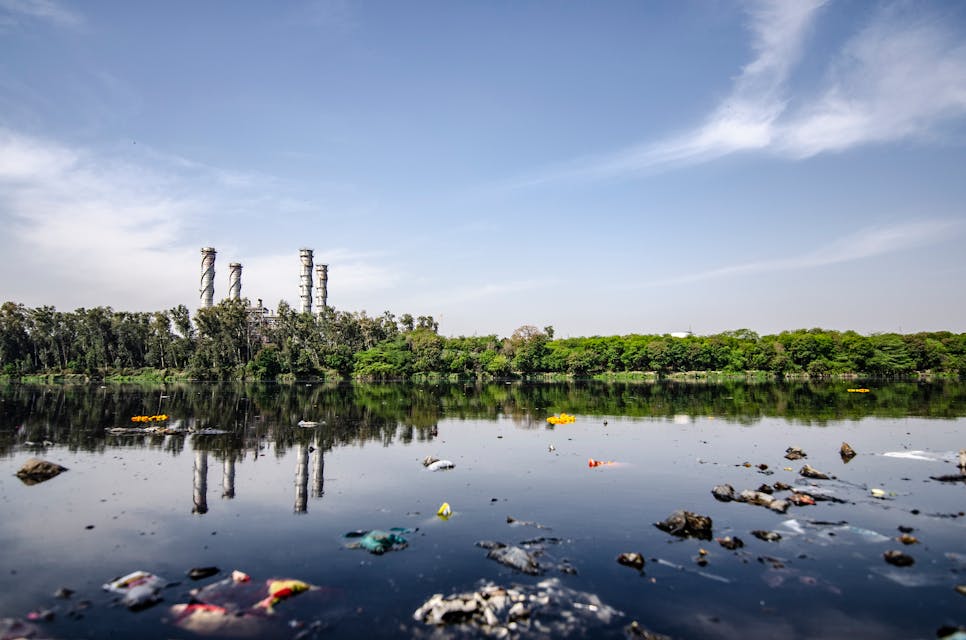10 Secret Facts About Delhi’s British Raj Era

Delhi, the capital city of India, has a rich history that spans over centuries. One significant period in its history is the British Raj era, when Delhi served as the center of British colonial rule in India. While many are familiar with the iconic landmarks from this era, such as the India Gate and Rashtrapati Bhavan, there are several lesser-known facts that shed light on this fascinating period. In this blog post, we will uncover 10 secret facts about Delhi’s British Raj era that will leave you intrigued and wanting to explore more.
1. Viceregal Lodge - The Power Center
While Rashtrapati Bhavan is now the official residence of the President of India, during the British Raj, it was known as the Viceregal Lodge and served as the residence of the Viceroy of India. This magnificent building, designed by Sir Edwin Lutyens, showcases the grandeur and opulence of the British Empire.

2. Coronation Durbar - A Spectacle of Power
In 1911, Delhi witnessed a grand spectacle - the Coronation Durbar. This event marked the transfer of the capital of British India from Calcutta to Delhi. King George V and Queen Mary were crowned as the Emperor and Empress of India, and the event showcased the might and splendor of the British Empire.
3. Connaught Place - The Heart of British Delhi
Connaught Place, a bustling commercial hub in present-day Delhi, was designed by Robert Tor Russell during the British Raj. It was named after the Duke of Connaught, a member of the British royal family. The circular market complex with its Georgian-style architecture continues to be a popular destination for shopping and dining.

4. St. James’ Church - A Reminder of British Influence
Located near Kashmiri Gate, St. James’ Church is one of the oldest churches in Delhi. Built during the British Raj, it served as a place of worship for the British community. The church’s architecture reflects the Gothic style, and its serene ambiance offers a glimpse into the religious practices of the British during their rule.
5. Delhi Gymkhana Club - A Social Hub
Established in 1913, the Delhi Gymkhana Club was a popular social club during the British Raj. It provided recreational facilities such as tennis, golf, and polo to the British elite. Today, the club continues to maintain its colonial charm and serves as a prestigious institution in Delhi.
6. Flagstaff Tower - A Forgotten Landmark
The Flagstaff Tower, located in the Northern Ridge area of Delhi, was an important landmark during the British Raj. It served as a signaling tower for the British army and played a crucial role in communication and defense. Despite its historical significance, the tower remains relatively unknown to many.
7. Delhi Town Hall - A Cultural Center
Delhi Town Hall, also known as the Old Delhi Town Hall, was built in 1863 during the British Raj. It served as a cultural center and hosted various events, including exhibitions, concerts, and public meetings. Today, the building stands as a reminder of Delhi’s colonial past and is a venue for cultural activities.
8. Metcalfe House - A Colonial Residence
Metcalfe House, located in Mehrauli, was the residence of Sir Thomas Metcalfe, a British colonial administrator. The house is known for its distinctive architecture, blending Indian and European styles. It now houses the Indian Council for Cultural Relations and is a testament to the cultural exchange between India and Britain.

9. Delhi Ridge - A Natural Retreat
Delhi Ridge, a forested area in the heart of the city, served as a retreat for the British during the scorching summers. It provided a serene environment away from the bustling city and offered opportunities for leisurely walks and picnics. Today, the Delhi Ridge is a protected forest and a haven for nature enthusiasts.
10. Anglo-Arabic School - A Legacy of Education
Established in 1692, the Anglo-Arabic School is one of the oldest educational institutions in Delhi. During the British Raj, it played a significant role in providing education to the local population. The school continues to thrive and is a testament to the enduring legacy of education during the colonial era.
🏰🇮🇳🎩
These 10 secret facts about Delhi’s British Raj era offer a glimpse into the historical and cultural significance of this period. Exploring these hidden gems will not only deepen your understanding of Delhi’s past but also provide a unique perspective on the city’s evolution. So, the next time you visit Delhi, make sure to uncover these fascinating secrets and immerse yourself in the captivating world of the British Raj.
